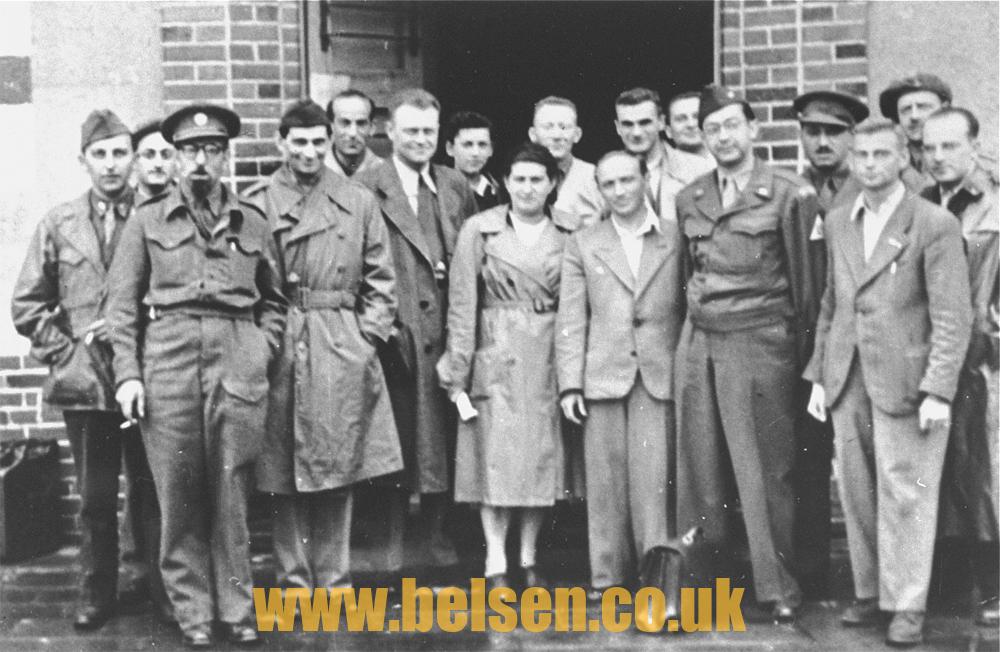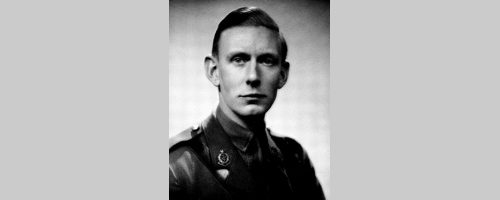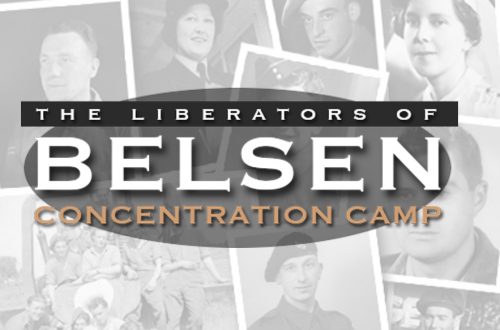Hadassah Rosensaft (Bimko)
Sunday, May 13, 1945, five days after the end of World War II in Europe, was Mother’s Day in the United States. At Bergen-Belsen in Germany, however, there was nothing for my mother to celebrate on that day as she took part in the ongoing monumental medical and humanitarian effort to save as many of that Nazi concentration camp’s critically ill survivors as possible.

When British troops entered Bergen-Belsen on April 15, 1945, they discovered, in the words of Lt. Col. Mervyn Gonin who commanded the 11th Light Field Ambulance unit, “at least 20,000 sick suffering from the most virulent diseases known to man, all of whom required urgent hospital treatment and 30,000 men and women who might die if they were not treated but who certainly would die if they were not fed and removed from the horror camp. What we had not got was nurses, doctors, beds, bedding, clothes, drugs, dressings, thermometers, bedpans or any of the essentials of medical treatment and worst of all no common language.”
My mother, then Dr. Hadassah, or Ada, Bimko — a dentist from Sosnowiec, Poland, who had studied medicine at the University of Nancy in France — organized and headed a team of doctors and nurses from among the survivors who worked for weeks on end alongside the British military doctors. Gonin described her as “the bravest woman I have ever known, who worked miracles of care, kindness and healing with the help of no medicines but the voice and discipline of a Regimental Sergeant Major of the guards.”
To place my mother’s role in the post-liberation drama of Belsen (described in detail in Ben Shephard’s “After Daybreak, the Liberation of Bergen-Belsen, 1945″) in the proper historical context, one must go back to the night of Aug. 3-4, 1943, when upon her arrival at Auschwitz-Birkenau, my grandparents, my mother’s first husband and her 5 1/2-year-old son — my brother — were immediately murdered in one of the death camp’s gas chambers.
“Man,” wrote Jean-Paul Sartre, “is not only that which he conceives himself to be, but that which he wills himself to be.” A human being, he went on, “is nothing other than his own project. He exists only to the extent that he realizes himself; therefore he is nothing more than the sum of his actions, nothing more than his life.”
Devastated by the loss of her family, my mother — like most of her fellow inmates and as the Germans intended — felt utterly disoriented, humiliated and deprived of her sense of self. She was forced to wear prison clothes, her head was shaved and her name was replaced with the number — 52406 — tattooed on her arm.
“I always felt humiliated and ashamed,” she wrote in her memoirs. “I hated sleeping in my clothes. I was ashamed to admit that I was hungry. I was ashamed to go to the bathroom and to be exposed half naked in front of so many other women. I was ashamed of the way I looked. I seldom spoke.”
But then a cathartic, almost surreal event occurred.
“One morning, after the roll call, a torrential rain came down,” she recalled. “We wanted to return to the barracks but instead were forced by the SS women to sit there for hours. As the rain fell down over our bodies, I realized that we were utterly helpless. Tears came to my eyes, the first ones since my arrival. When they mixed with the rain and I sat there sobbing, I found myself again.”
Because of her medical training the notorious Joseph Mengele, Birkenau’s chief medical officer, assigned my mother in October 1943 to work as a doctor in the camp’s infirmary. There she was able to save the lives of fellow inmates by performing rudimentary surgeries for them, camouflaging their wounds and sending them out of the barracks on work detail in advance of selections.
In November 1944, Mengele sent my mother and eight other Jewish inmates of Birkenau as a medical team to Bergen-Belsen in Germany. Again, the human potential for good in the face of evil manifested itself.
Beginning with 49 Dutch children in December 1944, my mother organized what became known as a Kinderheim, a children’s home, within the concentration camp. Hela Los Jafe, another prisoner at Bergen-Belsen, subsequently remembered how “Ada walked from block to block, found the children, took them, lived with them, and took care of them.”
Among them were children from Poland, Czechoslovakia and elsewhere. Some had been brought to Belsen from Buchenwald, others from Theresienstadt. Together with a group of other women inmates, my mother kept 149 Jewish children alive at Bergen-Belsen throughout the bitter winter and early spring of 1945.
According to Hela Jafe, “The children were very small and sick, and we had to wash them, clothe them, calm them and feed them. … Most of them were sick with terrible indigestion, dysentery and diarrhea, and just lay on the bunks. … There was little food, but somehow Ada managed to get some special food and white bread from the Germans. … Later, there was typhus.”
She went on: “Ada was the one who could get injections, chocolate, pills and vitamins. I don’t know how she did it. Although most of the children were sick, thanks to Ada nearly all of them survived.”
Where my mother found the strength to save others rather than focusing on her own survival has always been a profound mystery to me. Perhaps her devotion to the children at Bergen-Belsen, and then in the weeks following the liberation to the camp’s thousands of critically ill survivors, was her way of coping with her inability to protect her own child.
“In the middle of winter,” observed Albert Camus, “I found out at last that there was within me an invincible summer.”
(Menachem Z. Rosensaft is the vice president of the American Gathering of Jewish Holocaust Survivors and Their Descendants. He is an adjunct professor of law at Cornell Law School and a distinguished visiting lecturer at the Syracuse University College of Law.)
9,704 total views


